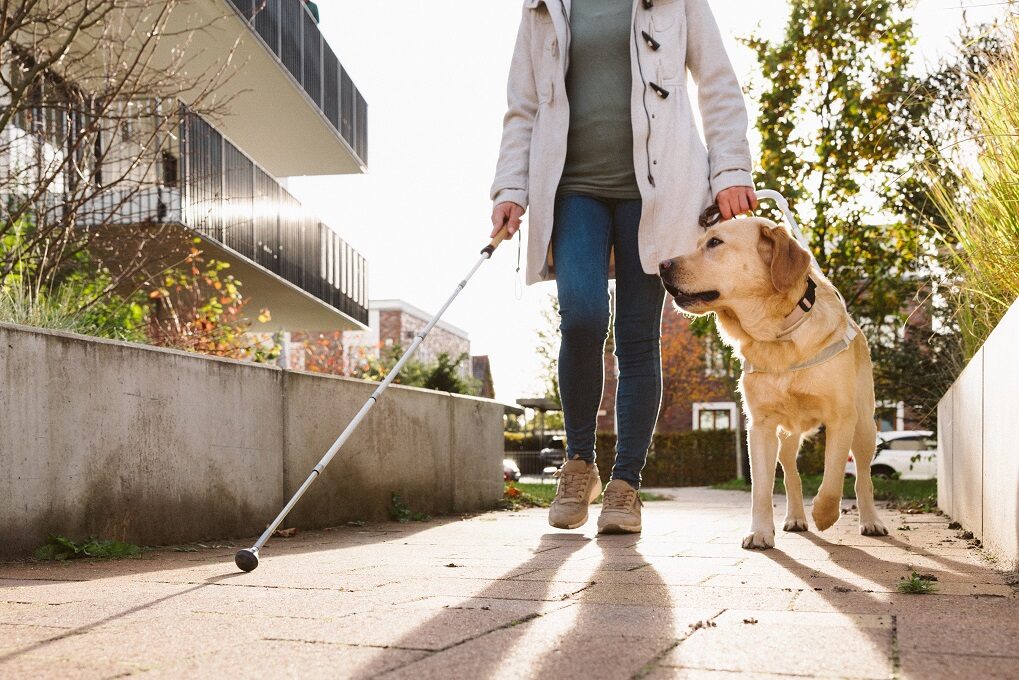
By Fawzia Reza, Ed.D.
Diversity, equity and inclusion (DEI) has become a buzzword in our workplaces. While many of us aspire to increase and appreciate diversity, we sometimes exhibit tunnel vision regarding the definition of diversity. True DEI does not only include people from diverse ethnicities and races, but it also extends to individuals with disabilities.
For instance, approximately 1.1 billion people, accounting for 7% of the world’s population, have some form of vision loss, making reading difficult. In a 2015 phone survey conducted by the Royal National Institute of Blind People (RNIB), 1,200 blind and partially sighted participants shared challenges in their day-to-day activities, including inadequate resources and support, as well as inaccessible information.
A relevant aspect of this form of marginalization is related to how food labels are created. Food labels are essential for conveying product information, but many packaging companies overlook consumers with poor eyesight or visual impairments Without accessible information, this segment of the population struggles to understand what to purchase, and this has led to several lawsuits, including Dawkins v. Whole Foods Market Inc. and Salazar v. Ralph Lauren Corp., et al., which sought injunctive relief, damages and more for the alleged failure of the defendants to design a website that was completely accessible for blind and other visually impaired people. To proactively address this exclusion, some companies utilize technology, such as the Be My Eyes app (e.g., Barilla) and the Navilens app (e.g., Coca-Cola and Kellogg) to make information regarding ingredients, allergens and nutrition more accessible.
Websites play a crucial role in showcasing a company’s products and informing consumers. However, fixation on dynamic or attractive website content sometimes overshadows understanding the diverse needs of consumers. A moving and flashing website that does not include screen reader options for visually impaired individuals cannot be accessed by them. Similarly, color vision deficiency can prevent distinguishing between certain screen colors. To be truly inclusive, web designers should prioritize accessibility for colorblind and visually impaired visitors.
Other special needs can also be addressed with minimal impact to the rest of the population. For example, closed captions that can be turned on by the user allows hard-of-hearing individuals to comprehend audio information, ensuring inclusivity. Specifically, incorporating closed captions in commercials enables viewers to understand product details, dietary guidelines and make informed choices, as demonstrated by the Tasty Cooking series by BuzzFeed. Some companies also neglect the needs of customers who have limited flexibility or mobility, which causes great difficulty for them to use their product. Boyer Food Markets replaced hard-to-open jars with EEASY Lids, facilitating easier access for all consumers. Similarly, Degree introduced its first adaptive deodorant, catering to individuals with upper limb disabilities.
Implementing inclusive design within consumer products makes business sense. Therefore, companies must carefully analyze how to meet the needs of their diverse consumers. This will not only demonstrate their commitment to inclusivity, but will also improve their overall reputation and attract more customers—ultimately leading to higher sales and profitability.
Dr. Fawzia Reza, Ed.D., leverages her qualifications and expertise in DEI to create awareness of inclusive practices. She is an author, researcher, educator and a passionate advocate for social justice and currently serves as the DEI manager at the American College of Education. More information regarding Reza’s interests and publications can be found at fawziareza.org.
Read more articles for the DIVERSEability Community here.
This article was originally published on diversitycomm.net.

